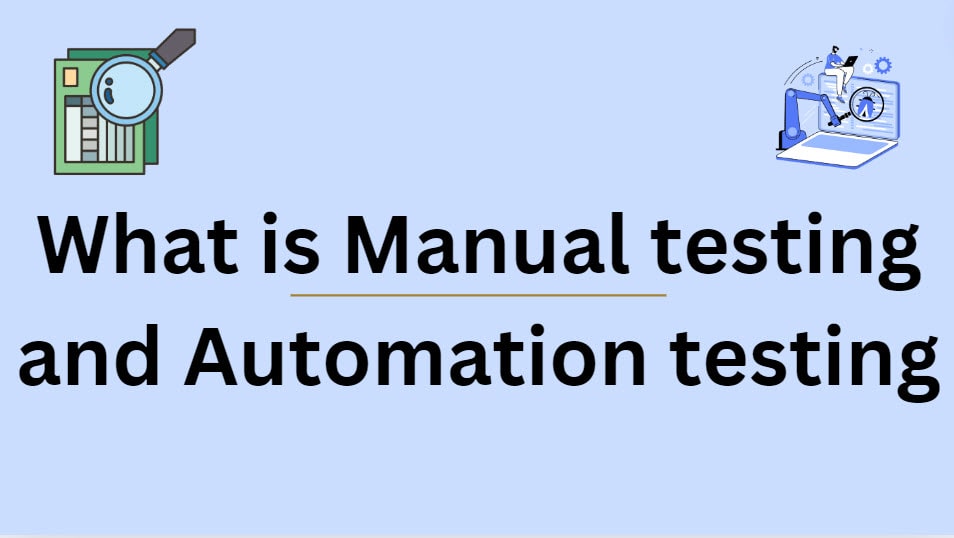Manual Testing and Automation Testing: Two Pillars of Software Quality Assurance
Manual Testing
Manual testing involves human testers interacting directly with the software, simulating real-world usage scenarios. Testers navigate through the application, input data, and observe the results, relying on their experience and intuition to identify issues. This hands-on approach allows for a nuanced evaluation of user experience, visual elements, and complex scenarios that may be difficult to automate.
One of the primary advantages of manual testing is its flexibility. Testers can adapt their approach on the fly, exploring unexpected paths and uncovering issues that might not be apparent in predefined test cases. This method excels in usability testing, where human judgment is crucial in assessing the intuitiveness and overall feel of an application.
However, manual testing is not without its drawbacks. It can be time-consuming, especially when dealing with large-scale applications or frequent updates. There’s also a higher risk of human error, particularly in repetitive tasks or when dealing with large datasets.
Automation Testing
On the other hand, automation testing leverages specialized tools and scripts to execute predefined test cases. This approach excels in scenarios requiring repetitive actions, precise timing, or handling of large volumes of data. Automated tests can run continuously, providing rapid feedback to development teams and facilitating practices like continuous integration and continuous delivery (CI/CD).
The speed and consistency of automated testing make it invaluable for regression testing, ensuring that new changes haven’t broken existing functionality. It’s also well-suited for performance testing, where it can simulate thousands of users interacting with a system simultaneously.
However, setting up automated tests requires an initial investment of time and resources. Writing and maintaining test scripts demands specialized skills, and there’s always the risk of tests becoming outdated as the application evolves.
In practice, most organizations find that a combination of manual and automated testing yields the best results. This hybrid approach allows teams to leverage the strengths of both methods while mitigating their weaknesses.
The choice between manual and automated testing often depends on factors such as project timeline, budget, complexity of the application, and the specific requirements of each test case. Short-term projects with rapidly changing requirements might lean more heavily on manual testing, while long-term projects with stable codebases could benefit more from automation.
You may also like following the articles below
- What is UI testing in Manual testing
- How do you choose automated testing over manual testing
- What is test case in Manual testing
In conclusion, both manual and automated testing have their place in modern software development. By understanding the strengths and limitations of each approach, teams can craft a testing strategy that ensures high-quality software delivery while optimizing resources and time. The key lies not in choosing one method over the other but in finding the right balance that suits the unique needs of each project and organization.

My name is Madhu, and I’m a certified Test Consultant with more than 16 years of hands-on experience developing and maintaining manual and Test Automation in the Software industry. I have experience with automation tools such as Selenium, Katalon Studio, etc.
